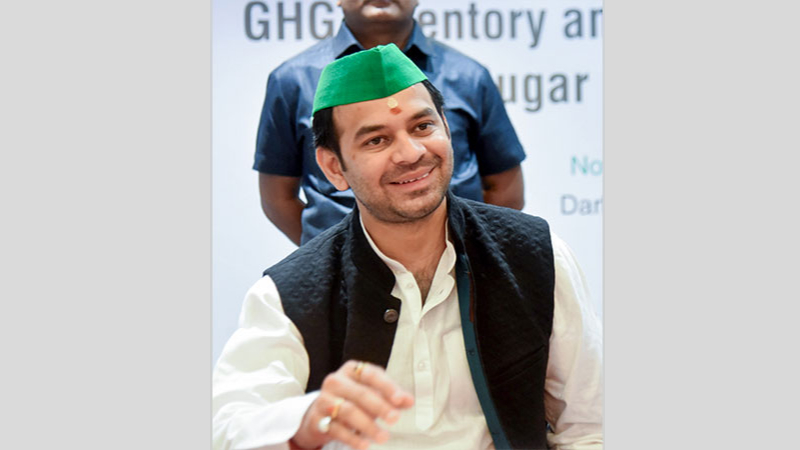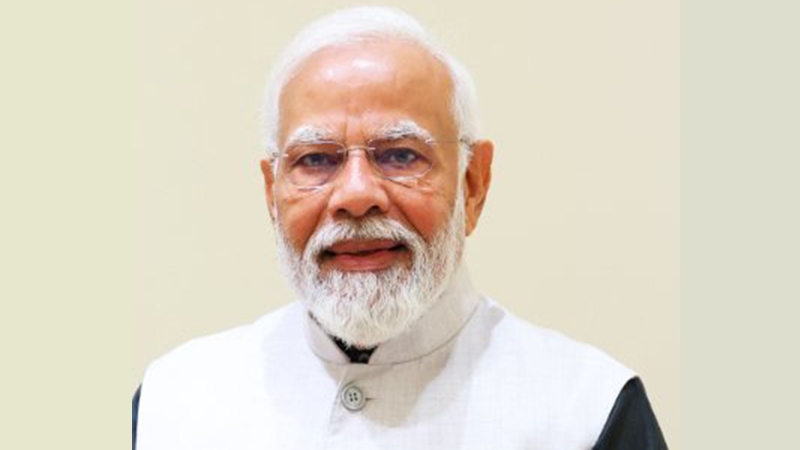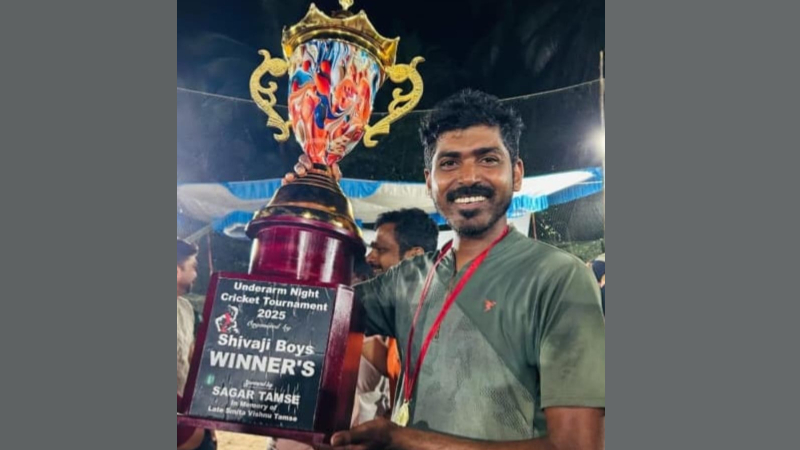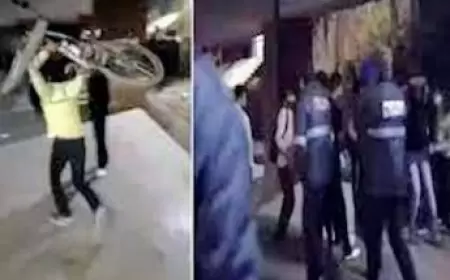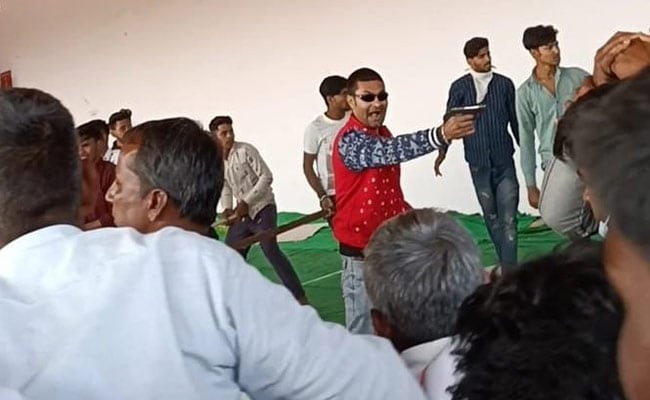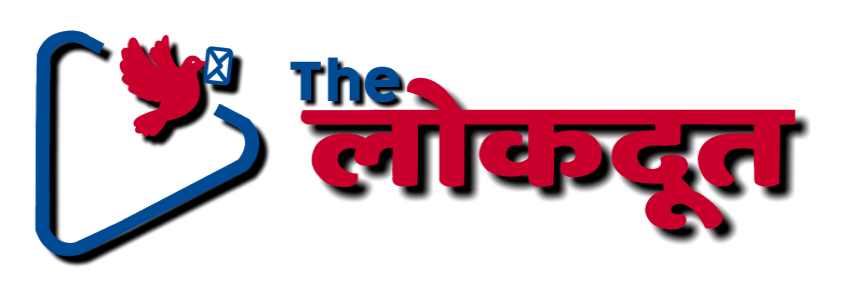Davinder Kaur, an athlete, gets disqualified due to a tattoo on her right arm.
Athlete Davinder Kaur gets disqualified earlier this year by CRPF due to having a tattoo on her right arm.
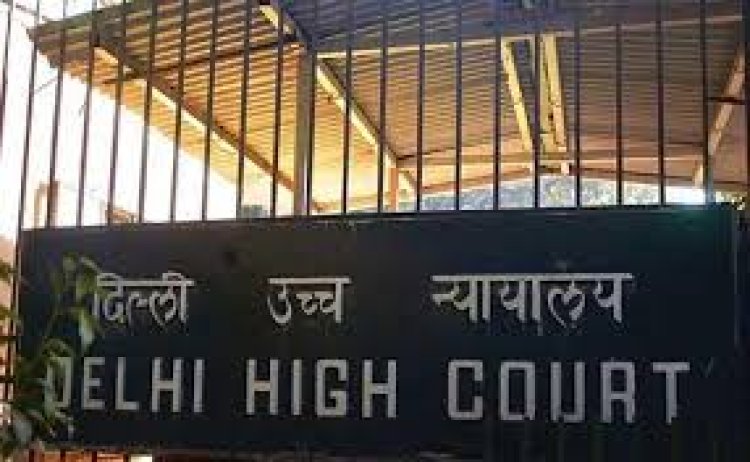
Athlete Davinder Kaur gets disqualified earlier this year by CRPF due to having a tattoo on her right arm.
Davinder Kaur, the petitioner, applied for the position of head constable or GD under the sports quota in the weightlifting category (59 kg). However, she was disqualified earlier this year on the grounds of having a tattoo on her right arm
The Delhi High Court has directed the authorities to conduct a fresh medical examination of a female athlete who was previously deemed ineligible due to a tattoo with a scar on her right forearm and hand. The examination is to be conducted for the position of CRPF head constable under the sports quota specifically for weightlifting.
A directive has been issued by a bench comprising Justices Suresh Kumar Kait and Mini Pushkarna. The directive pertains to the petitioner, who currently holds the position of a constable in the Central Reserve Police Force (CRPF) and asserts that the tattoo in question has been removed, should undergo a medical examination conducted by a newly-formed medical board within a span of four weeks. If the petitioner is deemed fit in the examination, she should be granted permission to participate in the subsequent selection process.
During the court proceedings, K K Sharma, the lawyer representing Davinder Kaur, informed the court that the tattoo has now been removed. He argued that she should be given a fair chance to participate in the examination.
“Accordingly, in the interest of justice, we hereby direct the respondents to examine the petitioner afresh before the freshly-constituted medical board of the respondents within four weeks from today and if the petitioner is found fit by the said medical board, she shall be allowed to join the further selection process,” said the court.
What are the criteria required for a candidate to qualify in CRPF under sports quota?
To secure a job in the Central Reserve Police Force (CRPF) under the sports quota in India, sports persons are required to meet certain criteria. The specific criteria may vary over time and can be subject to changes based on CRPF's policies and recruitment guidelines. However, the general criteria typically include:
Sports Achievements: The individual must have achieved a notable level of proficiency and recognition in their respective sports discipline. This can include participating and excelling at national or international competitions, winning medals,representing the country or state, or possessing exceptional skills and abilities in the chosen sport.
Eligible Age: The applicant should fall within the age limits set by the CRPF for recruitment under the sports quota. The age limits may vary depending on the specific position and category.
Educational Qualifications: Candidates must meet the minimum educational requirements prescribed by the CRPF. This typically involves having completed at least a high school education or possessing an equivalent qualification from a recognized board or institution.
Physical Fitness: Since CRPF is a paramilitary force, applicants need to meet the physical fitness standards set by the organization. This includes parameters such as height, weight, chest measurement, and physical endurance tests.
Selection Trials: Candidates are required to undergo selection trials conducted by CRPF to assess their sports skills, fitness levels, and overall suitability for the job. The trials may involve practical tests, physical assessments, and evaluations by expert panels.
What are the guidelines of CRPF for tattoos?
The Central Reserve Police Force (CRPF) has specific guidelines regarding tattoos for candidates applying under the sports quota. While the policy may evolve over time, as of my knowledge cutoff in September 2021, CRPF had certain restrictions on visible tattoos.
According to the previous guidelines, candidates with tattoos were deemed unfit if the tattoos were visible on body parts like the face, neck, arms below the elbow, or legs below the knee when wearing a uniform. However, exceptions were made for candidates from tribal communities with traditional tattoos that held religious or cultural significance.
